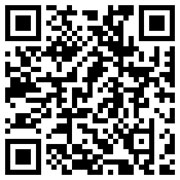Medical Cable
Medical Accessories Direct-Connect Hospital Use Patient Monitor 5 Leadwire Holter ECG Cable
- Product description: Medical Accessories Direct-Connect Hospital Use Patient Monitor 5 Leadwire Holter ECG Cable
The Medical Accessories Direct-Connect Hospital Use Patient Monitor 5 Leadwire Holter ECG Cable is a specialized cable assembly designed for patient monitoring in medical settings, specifically for ECG (electrocardiogram) monitoring. It is used to connect a patient to a patient monitor or ECG device in a hospital or clinical environment, allowing for real-time monitoring of the heart's electrical activity. The cable is equipped with 5 leadwires that attach to electrodes placed on the patient's body, typically on the chest or limbs, and transmit electrical signals from the heart to the monitoring equipment.
Key Components of the Medical Accessories Direct-Connect 5 Leadwire Holter ECG Cable:
1. 5 Leadwires:
o The cable consists of 5 individual leadwires, which are attached to electrodes placed on the patient's skin. These electrodes are strategically placed on the chest, arms, or legs to record the electrical activity of the heart from different angles.
o The 5-lead configuration is often used in both routine ECG monitoring and Holter monitoring, which is a continuous 24-hour recording of the heart's electrical activity.
2. Direct-Connect Design:
o The cable typically features a direct-connect design, meaning it directly connects to the patient monitor or ECG device without the need for an additional interface or intermediary device. This ensures a stable and reliable connection for accurate ECG measurements.
3. Holter ECG Monitoring:
o Holter monitoring refers to a method of continuously recording the ECG signal over an extended period, typically 24 to 48 hours, to monitor the heart's rhythm and detect abnormalities that may not be captured in a standard, short-term ECG. The cable used in Holter monitoring is designed to withstand prolonged use while providing accurate data for diagnosis.
4. Patient Monitoring Systems:
o The 5-lead ECG cable connects to a patient monitoring system, which can display real-time heart rate, rhythm, and other vital signs. This system may be used in various healthcare environments, including ICUs (Intensive Care Units), emergency departments, hospital rooms, and outpatient clinics.
Functions of the 5 Leadwire Holter ECG Cable:
1. Heart Activity Monitoring:
o The primary function of the cable is to transmit electrical signals from the patient's heart to the monitoring equipment, allowing healthcare providers to monitor the heart rate, rhythm, and electrical impulses. This helps in diagnosing various heart conditions, such as arrhythmias, heart attacks, and other cardiovascular diseases.
2. Continuous ECG Recording (Holter Monitoring):
o During Holter monitoring, the cable allows for continuous ECG recording over a period of time, making it easier to identify heart irregularities that might not show up in a brief ECG test (such as during a stress test or hospital visit). Holter monitoring is especially useful for detecting intermittent heart problems or episodes of arrhythmia.
3. Real-Time Data Transfer:
o The cable ensures real-time transmission of electrical signals from the patient's body to the monitoring system, enabling clinicians to make immediate decisions if any abnormalities are detected. This continuous monitoring is crucial for patients with serious heart conditions or those recovering from heart surgery.
4. Versatility:
o The 5-lead system is versatile and commonly used in various settings, including hospital patient monitoring systems, Holter devices, ambulatory ECG monitoring systems, and telemedicine applications for remote heart monitoring.
Features of the Medical Accessories Direct-Connect 5 Leadwire Holter ECG Cable:
1. High-Quality Materials:
o The leadwires and connectors are made from high-quality materials that ensure reliable signal transmission and durability. They are often constructed from medical-grade silicone or PVC for flexibility, insulation, and comfort for patients. The cables may also be coated with materials that resist interference or electromagnetic noise to ensure accurate ECG readings.
2. Color-Coded Leadwires:
o The individual leadwires are often color-coded for easy identification and proper placement on the patient’s body. This standardization helps healthcare providers quickly set up the monitoring system and avoid placement errors.
3. Flexible and Lightweight:
o The design of the cable is typically lightweight and flexible, allowing for comfortable use in patients who may need to wear the device for extended periods (as in Holter monitoring). This also makes the device easy to maneuver and handle during setup and monitoring.
4. Secure Connectors:
o The cable features secure connectors that ensure a stable connection between the leadwires and the monitoring equipment. These connectors may be designed to be snap-fit or locking, preventing accidental disconnections during monitoring.
5. Long-Lasting Durability:
o These cables are built to withstand daily use, including repeated connection and disconnection, and are resistant to damage from bending, stretching, or exposure to moisture, which is important in clinical environments.
6. Non-Invasive Monitoring:
o As with other ECG equipment, the 5-lead ECG system is non-invasive, making it a safe method of monitoring the heart's electrical activity without the need for surgery or more intrusive procedures.
Applications of the 5 Leadwire Holter ECG Cable:
1. Holter Monitoring:
o The primary application of this cable is in Holter monitoring, where it continuously records the heart’s electrical signals over 24-48 hours or longer. This allows doctors to diagnose issues such as irregular heart rhythms (arrhythmias), heart disease, or other heart abnormalities that might not appear in a brief ECG test.
2. Inpatient Monitoring:
o In hospitals or emergency settings, the cable is used to monitor the heart activity of patients who need close observation, especially those who may be at risk for cardiac events such as heart attacks or arrhythmias.
3. Ambulatory ECG Monitoring:
o For patients with certain heart conditions who do not need to be hospitalized but still require continuous monitoring, the 5-lead Holter cable can be used in ambulatory ECG devices to monitor heart health in outpatient settings.
4. Preoperative and Postoperative Monitoring:
o The 5-lead cable is often used in patients before and after surgeries, particularly cardiac surgeries, to monitor heart function and ensure the patient’s heart is stable during recovery.
5. Emergency and Critical Care:
o The cable is used in critical care environments like ICUs, where heart activity is closely monitored in patients with serious conditions, including those undergoing cardiac surgery or dealing with severe heart-related issues.
Conclusion:
The Medical Accessories Direct-Connect Hospital Use Patient Monitor 5 Leadwire Holter ECG Cable is a crucial tool in the continuous monitoring of heart activity in medical settings. It is widely used for Holter monitoring and general patient monitoring in ICUs, emergency departments, and outpatient clinics. By providing reliable transmission of electrical signals from electrodes on the patient's body to the monitoring equipment, this cable helps healthcare providers assess and diagnose heart conditions in real-time, ultimately improving patient care and outcomes. Its non-invasive, safe, and comfortable design makes it essential for both short-term and long-term cardiac monitoring.
Categories
Latest News
Contact Us
Contact: Fiona Wu
Phone: 86 - 173 28414 818
Tel:
Add: 20, Changtian Road, Hengli, Dongguan, Guangdong, 523852, China
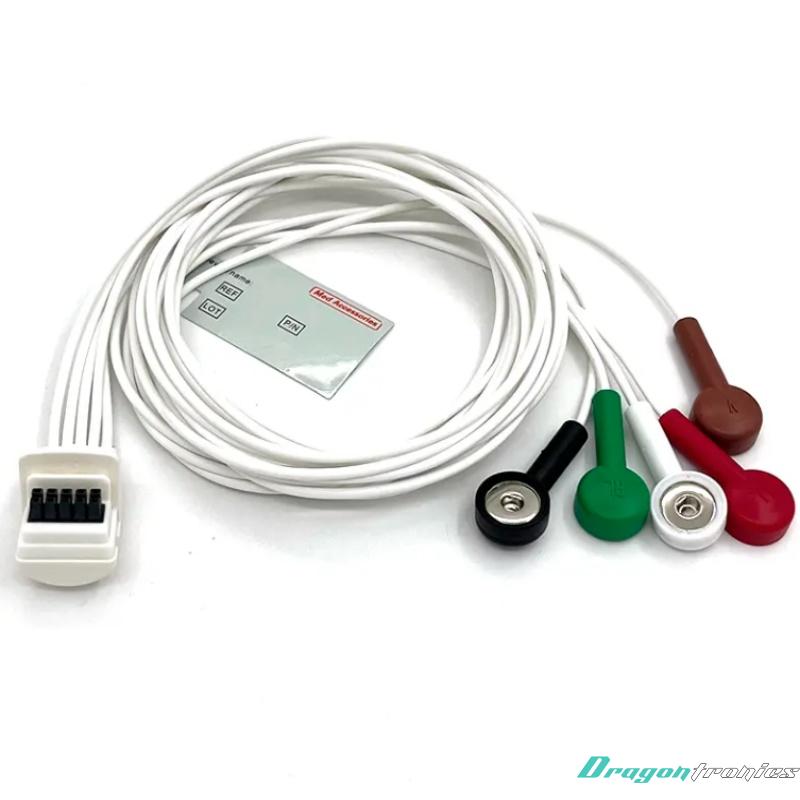
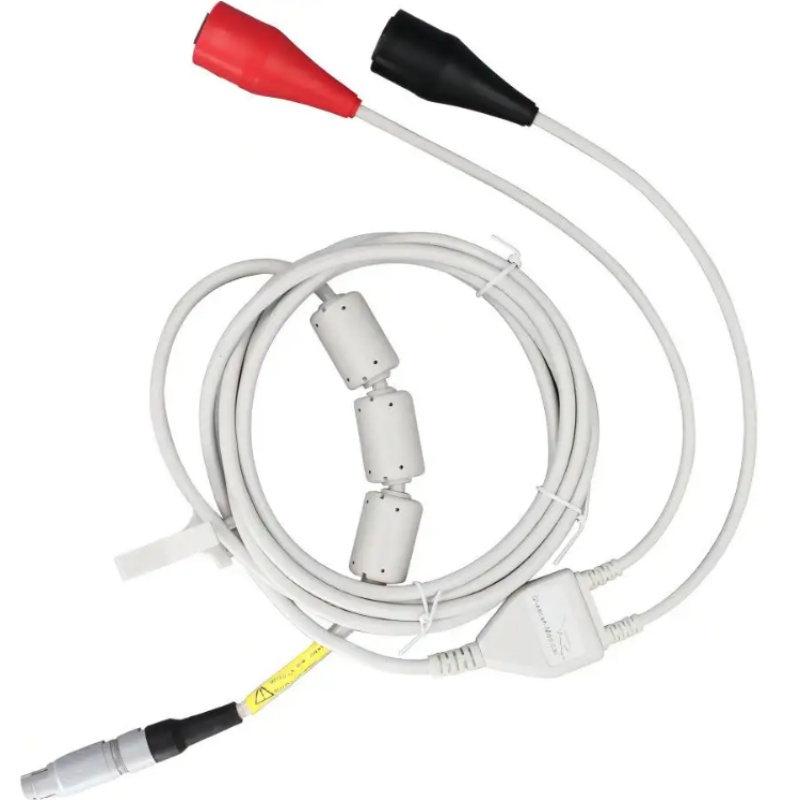
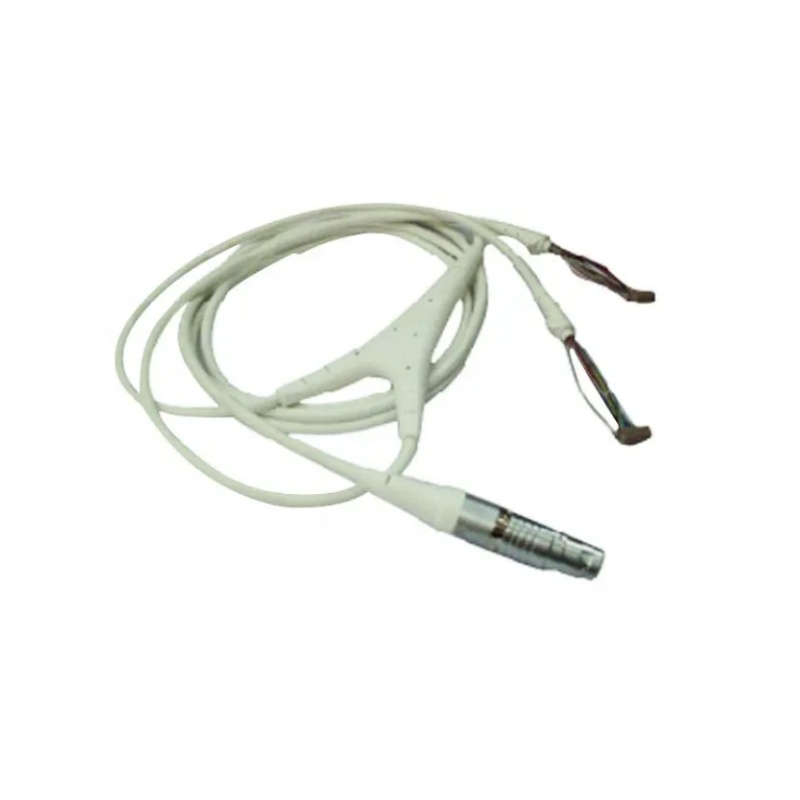
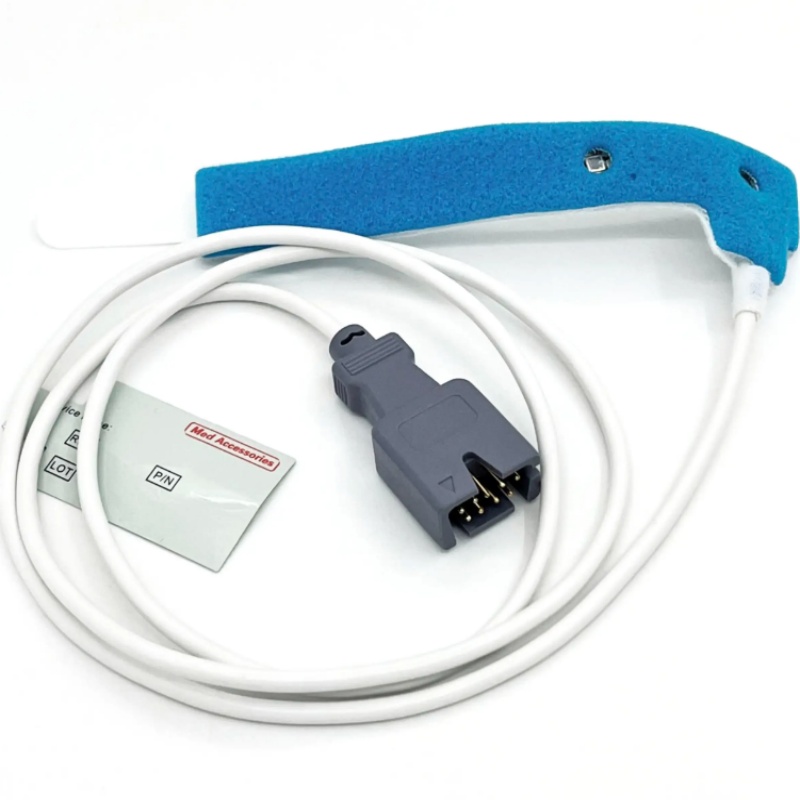
 Lankecms
Lankecms lankecms
lankecms
 Lankecms
Lankecms